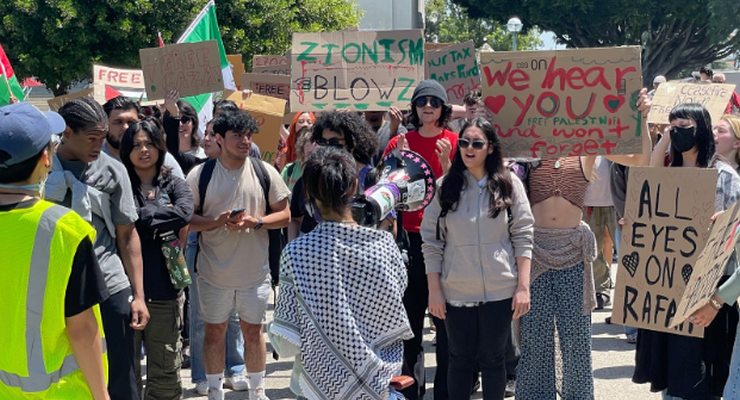Pasadena Water and Power has recently completed analysis of the effects Pasadena’s proposed Non-Potable Water Project would have on the Raymond Basin, a large aquifer that underlies the City and the surrounding region and from which Pasadena obtains much of its groundwater production. The Basin also stores large amounts of imported water that may be drawn during long periods of drought in the area.
The analysis was also performed in order to evaluate the volume of new water that can be added to the aquifer without degrading the quality of the basin as allowed by the State Water Resources Control Board (SWRCB).
In the analysis, PWP said it has demonstrated that there is available capacity in the Raymond Basin for receiving additional constituents of concern – a term used to describe a broad range of chemical components found at trace levels in most water supply sources – without degrading the groundwater quality.
PWP used a mechanism called the Raymond Basin Salt and Nutrient Management Plan (SNMP) in its analysis. SNMP is prepared by the Raymond Basin Management Board and submitted to the SWRCB as a requirement of its 2009 Recycled Water Policy, which governs all recycled water projects including Pasadena’s NPWP.
Since Pasadena’s NPWP overlies both the Monk Hill and Pasadena subareas of the Raymond Basin, the project must comply with so-called water quality objectives (WQOs) that apply to the basin. In other words, the quality of recycled water from the Pasadena non-potable water project that may find itself recharged into the Raymond Basin should be within the basin’s assimilative capacity.
Assimilative capacity (AC) compares the existing average concentration of the groundwater and the WQOs for various constituents of concern.
According to SWRCB standards, no single recycled water project shall exceed 10 percent of a basin’s available AC.
Pasadena’s NPWP is expected to be completed through the year 2038 and will deliver a total of 3,100 acres-feet per year (AFY) of recycled water to PWP’s service area. Of this total, 2,700 AFY will be used for irrigation in the Monk Hill subarea and in the Pasadena subarea.
Based on a 10 percent percolation rate on the Raymond Basin, the project will contribute 40 AFY to the Monk Hill subarea and 230 AFY to the Pasadena subarea, according to the SNMP analysis.
PWP concludes that since the projected recycled water recharge from the NPWP is less than Raymond Basin’s AC, the Pasadena Non-Potable Water Project is in compliance with the requirements of the Basin Plan and the policies of the SWRCB.
As of 2005 data, PWP is operating seven wells that draw water from the Raymond Basin, with a combined capacity of 15,200 AFY.
Formal approval of the Pasadena NPWP will require an application to the SWRCB to be regulated under a Water Reclamation Requirement for Recycled Water Use. Determination of the project’s compliance with the Basin Plan and its WQOs is part of the application process.














 0 comments
0 comments



